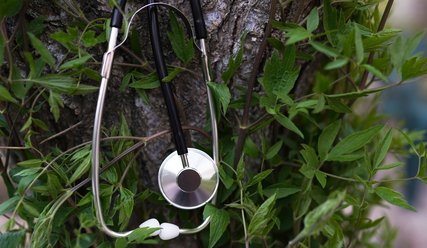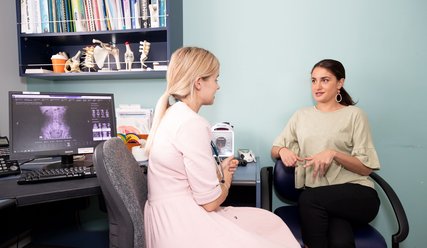Ngā Kawepūrongo
News
Insights, GP profiles, medical opinion and more.
Categories
Media-Releases

30 November 2025 | Media releases
GP-owned general practice incentive could open doors for long-term workforce growth

11 November 2025 | Media releases
New Primary Care Pathway to increase GP workforce a win for health care and patients

9 November 2025 | Media releases
Coroner’s findings questioned by GP College

26 September 2025 | Media releases
Up to 700 GP trainees to benefit from funding boost this year

21 August 2025 | Media releases
Funding round opens for research benefitting general practice

30 July 2025 | Media releases
College of GPs Workforce Survey shows optimistic changes, but still more to be done to address core challenges for the future
Upcoming events
See all eventsCHRISTCHURCH (VENUE TBC) | CONTINUING MEDICAL EDUCATION
Understanding ADHD in Primary Care
26 January 2026 - 26 January 2026
9:00 AM - 12:00 PM
NOVOTEL AUCKLAND ELLERSLIE 72/112 GREEN LANE EAST ELLERSLIE AUCKLAND, 1051 NEW ZEALAND | CONFERENCE
Allevia Cardiology Symposium 2026
28 February 2026 - 28 February 2026
8:00 AM - 1:10 PM
Ready to discover the latest in cardiological health, and what it means for your patients? Designed especially for General Practitioners, our one-day cardiology symposium features a line up of experts and practitioners who are working at the forefront — and frontline — of heart care.
View eventONLINE WEBINAR | CONTINUING MEDICAL EDUCATION
Abnormal Uterine Bleeding (AUB): What GPs need to know
31 March 2026 - 31 March 2026
7:00 PM - 8:00 PM
AUB is a common presentation in general practice - and the national approach to managing it is changing. This webinar introduces updated clinical guidelines and a nationwide roll-out to support pipelle biopsy and Mirena insertion in primary care.
View eventMore recent articles

11 November 2025 | Media releases
New Primary Care Pathway to increase GP workforce a win for health care and patients

9 November 2025 | Media releases
Coroner’s findings questioned by GP College

2 October 2025 | GP Voice
October 2025

26 September 2025 | Media releases
Up to 700 GP trainees to benefit from funding boost this year

11 September 2025 | College and members
GPs want patients to be seen, heard and known

21 August 2025 | Media releases


